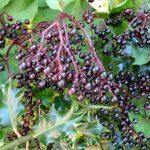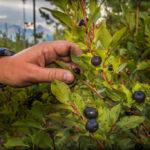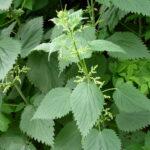Michigan forests are home to a wide variety of nut trees, including some that are edible and can be foraged for food. From black walnuts to hickory nuts, there are plenty of options for foraging for nuts in the wild. In this post, we’ll take a closer look at foraging for nuts in Michigan forests.
Foraging for Nuts in Michigan
Black Walnuts
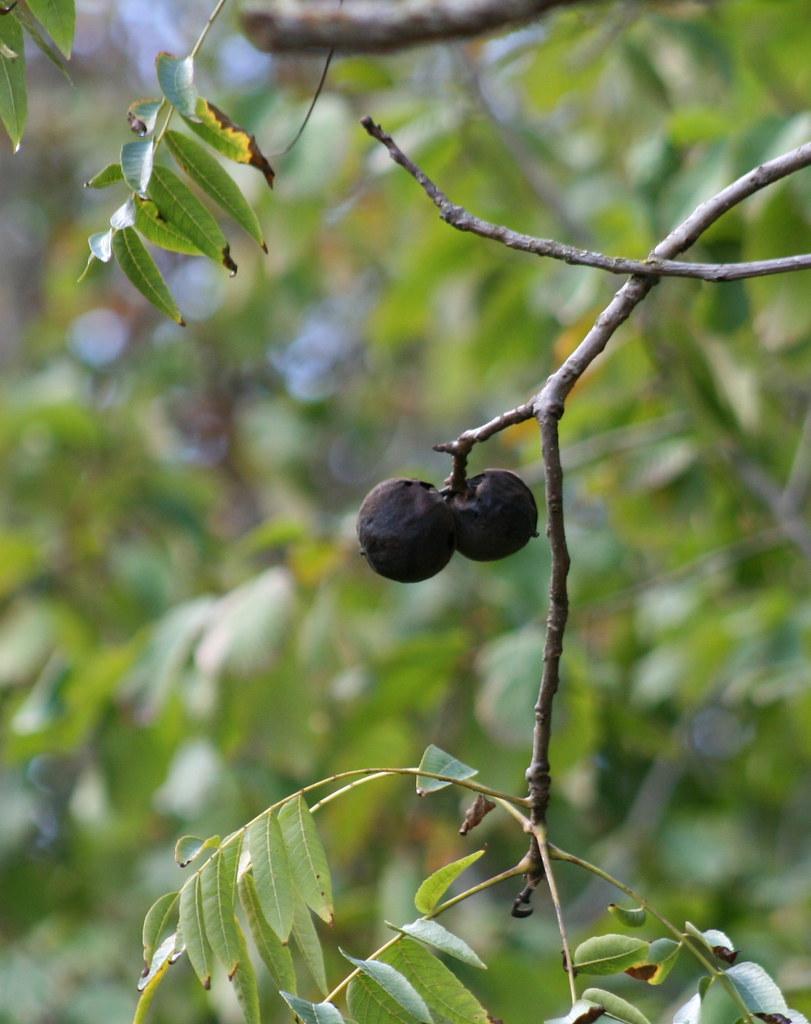
Black walnuts are one of the most common nuts found in Michigan forests, and they’re also one of the most prized. These nuts have a rich, earthy flavor that is perfect for baking or cooking. They’re also high in healthy monounsaturated and polyunsaturated fats, as well as protein and fiber. To harvest black walnuts, simply collect the fallen nuts and crack them open to remove the kernel.
Hickory Nuts
Hickory nuts are another common nut found in Michigan forests, and they have a sweet, buttery flavor that makes them perfect for baking or cooking. These nuts are high in healthy fats, protein, and fiber, and they’re also a good source of vitamins and minerals. To harvest hickory nuts, simply collect the fallen nuts and crack them open to remove the kernel.
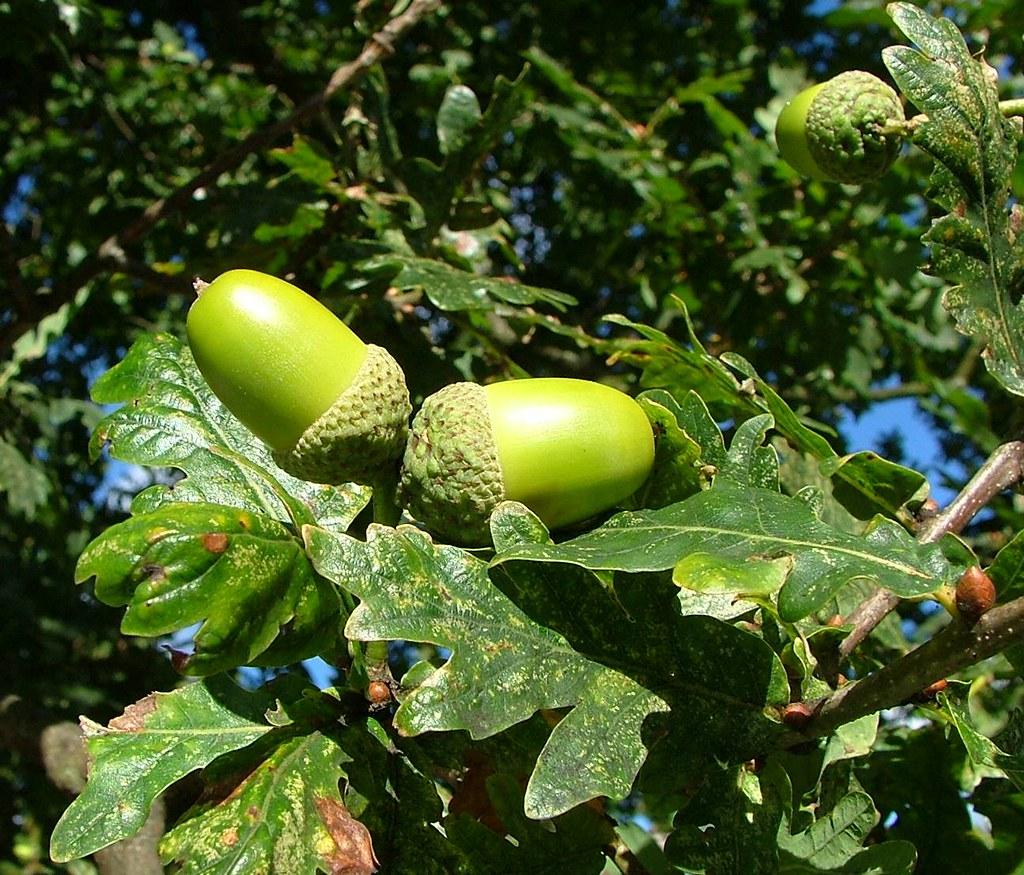
Acorns
Acorns are a staple food for many wildlife species in Michigan forests, but they’re also edible for humans. To prepare acorns for consumption, they need to be leached to remove the tannins that can make them bitter. Once leached, acorns can be ground into flour and used for baking or cooking.
Beech Nuts
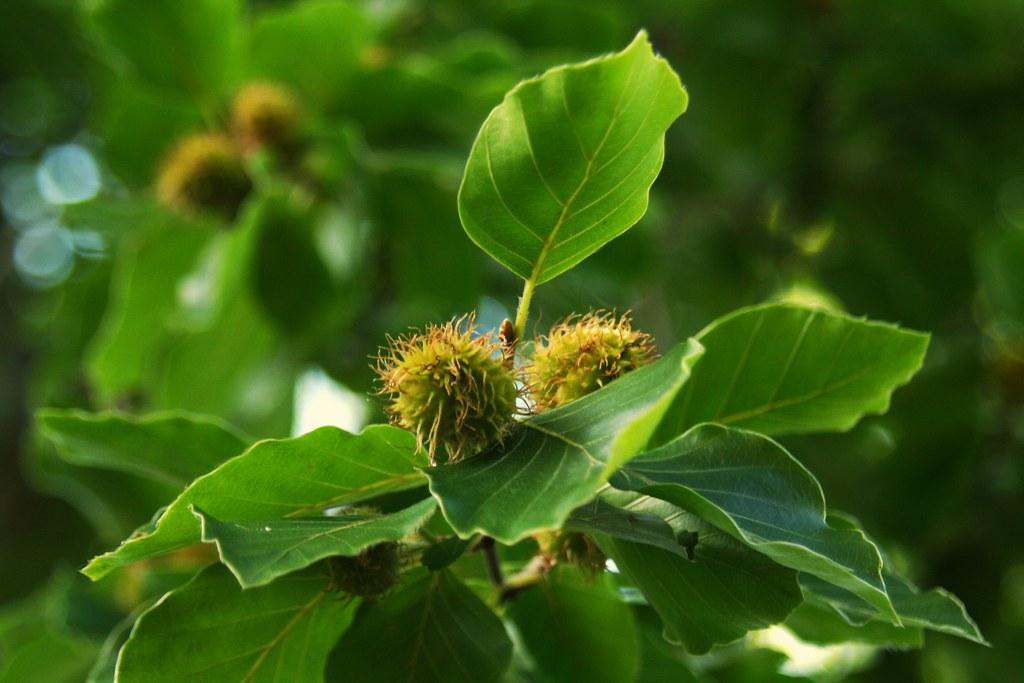
Beech nuts are small, triangular nuts that are found on beech trees in Michigan forests. These nuts have a sweet, nutty flavor and they’re high in healthy fats, protein, and fiber. To harvest beech nuts, simply collect the fallen nuts and crack them open to remove the kernel.
Chestnuts
Chestnuts are another nut that can be found in Michigan forests, and they have a sweet, nutty flavor that makes them perfect for roasting or cooking. Chestnuts are also high in healthy monounsaturated and polyunsaturated fats, as well as protein and fiber. To harvest chestnuts, simply collect the fallen nuts and crack them open to remove the kernel.

Foraging for nuts in Michigan forests can be a fun and delicious way to gather food in the wild. From black walnuts to chestnuts, there are plenty of nut varieties to choose from, each with its own unique flavor and health benefits. Just be sure to properly identify the nut before consuming, and always follow ethical foraging practices.
Keywords: Michigan forests, foraging, nuts, black walnuts, hickory nuts, acorns, beech nuts, chestnuts, edible, wild food, foragers.
Check out our Novel Writing Workbooks
Check out Little Tree Food Forest for articles on food forests and homesteading.
Check out FoodieScapes for articles on growing, fermenting and preserving food
Check out StoryScapes.World for articles on writing.
Subscribe to our newsletter to get information delivered to your inbox on edible landscaping, growing food and medicinal plants, growing mushrooms, foraging, fermentation, food preservation, raising small livestock, and more.








